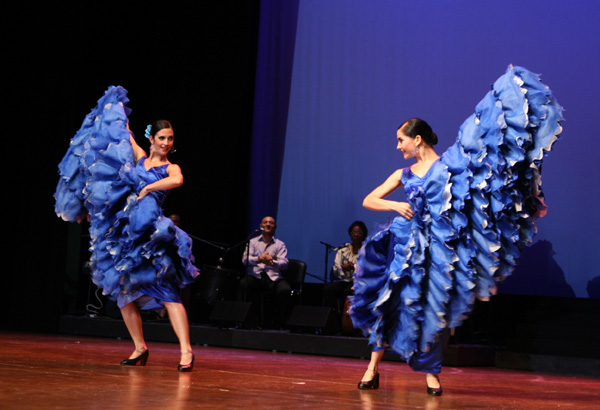Flamenco is more than just a dance
More than 30,000 people from 60 different countries voted online to help have Spain's famed Flamenco dance included on the list of the U.N. Intangible World Heritage.
The Flamenco was put on the list on Nov. 17 by the U.N. Educational, Scientific and Cultural Organization (UNESCO).
After a failed attempt in 2005, five years later the collaboration and support of Spanish authorities, artists and individuals have allowed the art form to obtain worldwide recognition.
"Flamenco is much more than a dance. It is an art, an attitude with a dimension that isn't just artistic, but cultural and anthropological which has been able to transcend time," said Blanca del Rey, who was the Spanish National Flamenco Prize winner in 1999 and is still one of the most famous dancers in the country.
Her reasons help explain what Flamenco means, how important it is and why the art form has been included on the U.N. list.
The world of Flamenco is able to celebrate this new step forward, which means the most characteristic Spanish dance and song form has been able to cross frontiers to a broader place and confirm its value on the international stage.
Key venues for Flamenco, such as the Corral de la Moreria in Madrid, still bring together the greatest artists and help promote it outside Spain.
 0
0 








Go to Forum >>0 Comments